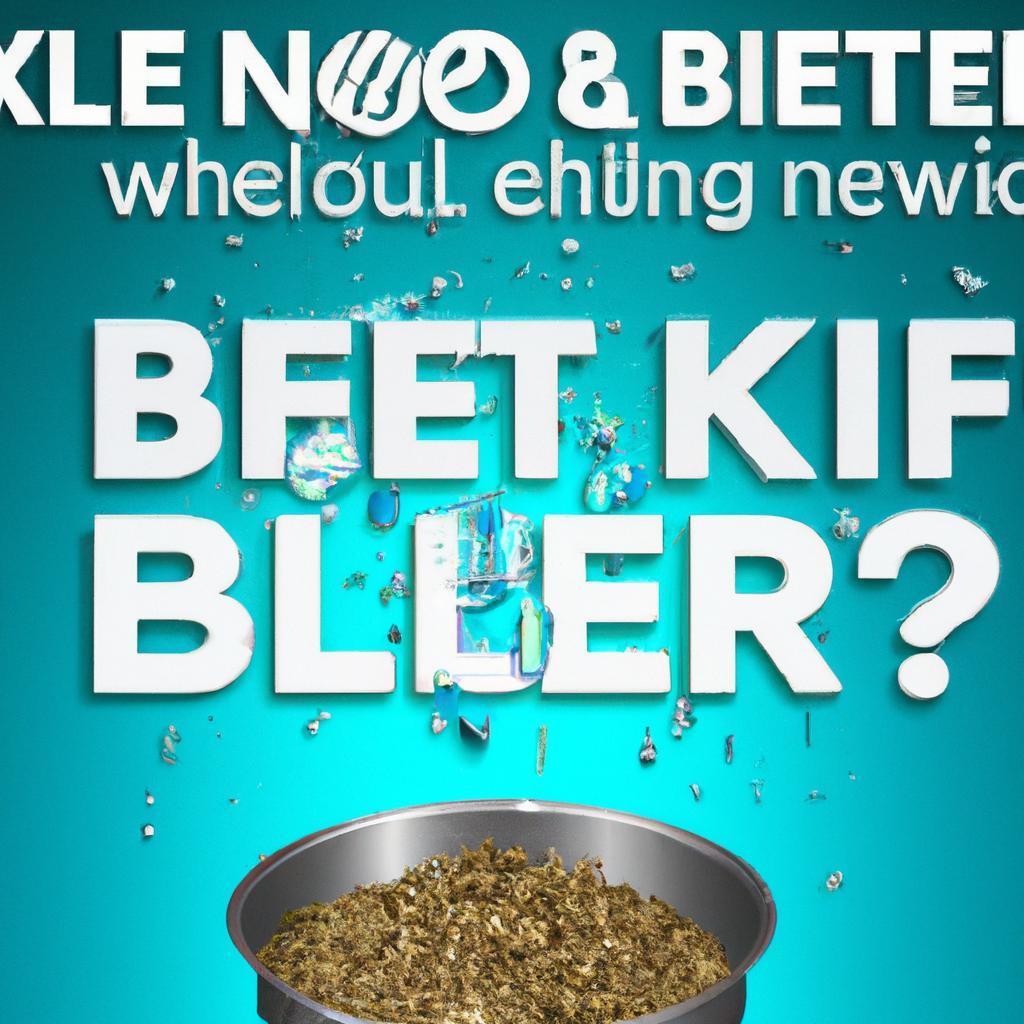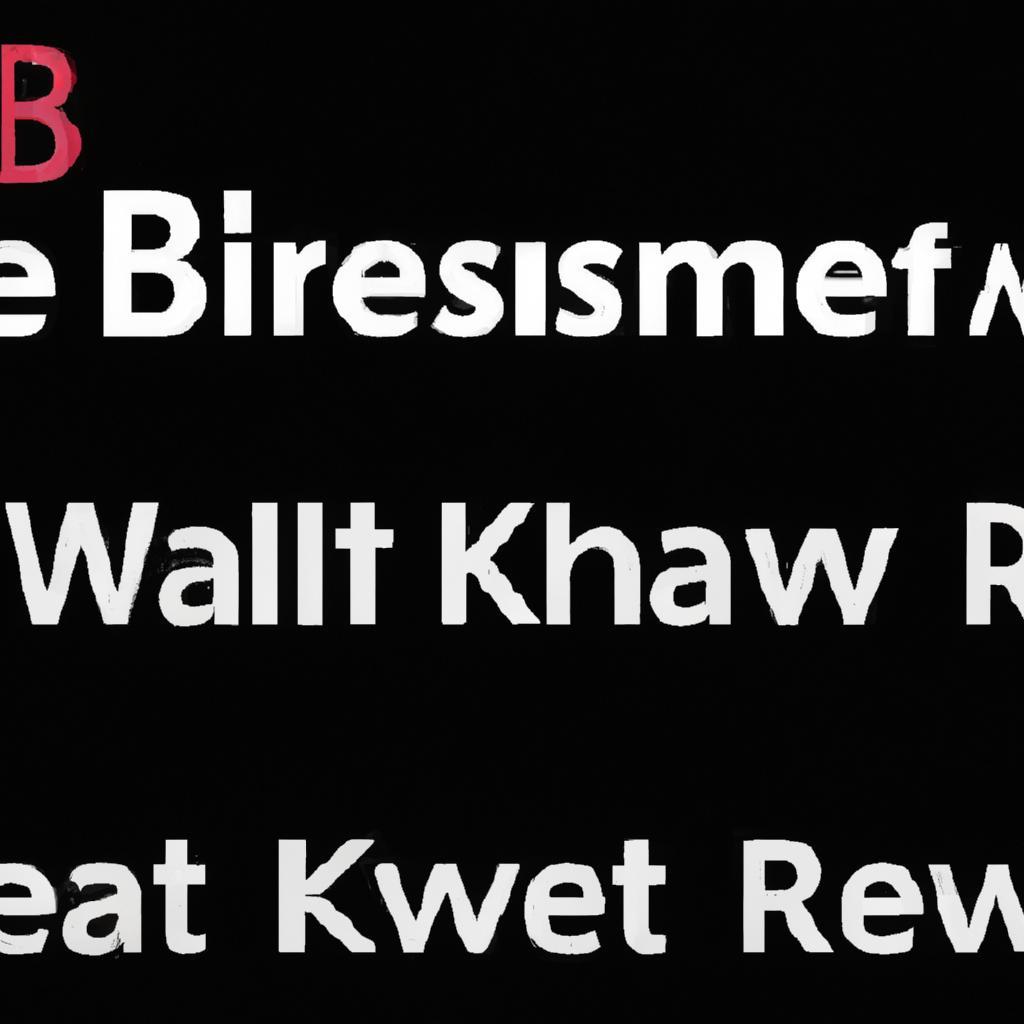Max, a spirited golden retriever, eagerly awaited his dinner each evening. His owner, Sarah, had always fed him kibble, believing it to be the healthier choice. One day, she decided to mix it up and added a spoonful of wet food to his bowl. The moment Max caught a whiff, his tail wagged furiously. He devoured the meal with unmatched enthusiasm, leaving the kibble untouched. This simple experiment revealed a truth: while kibble offers nutrition, many dogs, like Max, find wet food irresistible. Shouldn’t we consider their preferences for a happier, healthier pet?
Contents
- Understanding Canine Preferences for Kibble Versus Wet Food
- Nutritional Benefits of Kibble and Wet Food for Optimal Health
- Taste and Texture: What Dogs Really Crave in Their Diet
- Making the Right Choice: Tailoring Food Options to Your Dogs Needs
- Q&A
Understanding Canine Preferences for Kibble Versus Wet Food
When it comes to canine nutrition, understanding your dog’s preferences can significantly enhance their eating experience. Many pet owners find themselves torn between kibble and wet food, each offering distinct advantages. Kibble is often praised for its convenience and long shelf life, making it an easy choice for busy pet parents. However, wet food can be more enticing for dogs due to its aroma and texture, which can stimulate their appetite and encourage them to eat, especially for picky eaters.
One of the key factors influencing a dog’s preference is their natural instincts. Dogs are scavengers by nature, and the moisture content in wet food can mimic the texture of fresh prey. This can make wet food more appealing, particularly for dogs that have a strong instinctual drive. Additionally, the **higher fat content** in many wet foods can be more palatable, providing a richer flavor that dogs often find irresistible. On the other hand, kibble can help maintain dental health by reducing plaque and tartar buildup, which is an essential consideration for long-term health.
Another aspect to consider is the **nutritional balance** each option provides. While kibble is typically formulated to meet all of a dog’s dietary needs, wet food can offer a higher moisture content, which is beneficial for hydration. This is particularly important for dogs that may not drink enough water throughout the day. Furthermore, many wet food brands incorporate a variety of proteins and vegetables, which can introduce new flavors and nutrients into your dog’s diet, promoting a more balanced and enjoyable eating experience.
Ultimately, the choice between kibble and wet food may come down to your dog’s individual preferences and health requirements. Observing your dog’s reactions to both types of food can provide valuable insights into their likes and dislikes. Consider mixing both options to create a varied diet that keeps mealtime exciting and satisfying. By catering to your dog’s preferences, you not only enhance their enjoyment of food but also contribute to their overall well-being and happiness.
Nutritional Benefits of Kibble and Wet Food for Optimal Health
When considering the best diet for your canine companion, both kibble and wet food offer distinct nutritional advantages that can contribute to their overall health. Kibble, often praised for its convenience and shelf stability, is typically formulated to provide a balanced diet rich in essential nutrients. It is often fortified with vitamins and minerals, ensuring that your dog receives the necessary components for optimal growth and maintenance. Additionally, the crunchy texture of kibble can help promote dental health by reducing plaque and tartar buildup.
On the other hand, wet food presents a unique set of benefits that can enhance your dog’s diet. With a higher moisture content, wet food can be particularly beneficial for dogs that may not drink enough water throughout the day. This added hydration can support kidney function and overall digestive health. Furthermore, wet food is often more palatable, making it an excellent choice for picky eaters or dogs with reduced appetites. The rich flavors and aromas can entice even the most discerning palates, ensuring that your dog enjoys their meals.
Both kibble and wet food can be tailored to meet specific dietary needs, whether your dog requires a grain-free option, a high-protein formula, or a diet designed for weight management. Many brands offer specialized recipes that cater to various life stages, from puppy to senior, ensuring that your dog receives the right balance of nutrients at every stage of life. This versatility allows pet owners to customize their dog’s diet based on individual health requirements and preferences.
Ultimately, the choice between kibble and wet food does not have to be an either-or decision. Many pet owners find success in combining both types of food to create a balanced diet that maximizes the benefits of each. By incorporating kibble for its dental benefits and wet food for its palatability and hydration, you can provide your dog with a varied and enjoyable eating experience. This approach not only supports their nutritional needs but also enhances their overall quality of life.
Taste and Texture: What Dogs Really Crave in Their Diet
When it comes to a dog’s diet, taste and texture play a pivotal role in their overall satisfaction and health. Dogs are not just creatures of habit; they have distinct preferences that can influence their eating habits. Many pet owners often wonder whether their furry friends lean more towards kibble or wet food, and understanding these preferences can help in making informed dietary choices. Dogs are naturally drawn to flavors and aromas that mimic their ancestral diet, which often includes protein-rich sources. This instinctual craving can significantly affect their willingness to eat.
Texture is another crucial factor that influences a dog’s food preference. Kibble, with its crunchy texture, can be appealing for dogs who enjoy the sensation of chewing. It can also promote dental health by reducing plaque buildup. On the other hand, wet food offers a softer, more palatable option that is often richer in moisture content. This can be particularly enticing for dogs that may struggle with dental issues or those who simply prefer a more succulent meal. The contrast between the two textures can also stimulate a dog’s interest, making mealtime an exciting experience.
Moreover, the aroma of food can significantly impact a dog’s appetite. Wet food typically has a stronger, more enticing smell compared to kibble, which can attract dogs who are more sensitive to scents. This is especially important for picky eaters or older dogs who may have a diminished sense of smell. The rich, savory scents of wet food can trigger a dog’s natural instincts, encouraging them to eat more eagerly. In contrast, kibble may require additional flavor enhancements, such as broth or toppers, to make it more appealing to certain dogs.
Ultimately, the choice between kibble and wet food should consider not only the taste and texture preferences of your dog but also their individual health needs. Some dogs thrive on a balanced diet that incorporates both types of food, allowing them to enjoy the benefits of each. By observing your dog’s reactions and preferences, you can tailor their diet to ensure they receive the nutrition they need while satisfying their cravings. Understanding what drives your dog’s appetite can lead to a happier, healthier companion.
Making the Right Choice: Tailoring Food Options to Your Dogs Needs
When it comes to choosing the best food for your dog, understanding their unique needs is paramount. Dogs, much like humans, have individual preferences and dietary requirements that can significantly influence their overall health and happiness. By considering factors such as age, breed, activity level, and any specific health concerns, you can make an informed decision that caters to your furry friend’s well-being.
Many pet owners find themselves torn between kibble and wet food, each option presenting its own set of advantages. **Kibble** is often praised for its convenience and long shelf life, making it an ideal choice for busy households. Additionally, the crunchy texture can help promote dental health by reducing plaque buildup. On the other hand, **wet food** is typically more palatable for dogs, often enticing even the pickiest eaters. Its higher moisture content can also be beneficial for dogs that may struggle with hydration, particularly those prone to urinary issues.
Another crucial aspect to consider is the nutritional content of the food. High-quality kibble can provide a balanced diet rich in essential nutrients, while wet food often contains higher protein levels and fewer carbohydrates. It’s essential to read labels carefully and choose products that list real meat as the primary ingredient. **Consulting with your veterinarian** can also provide valuable insights into which option may be more suitable for your dog’s specific health needs, ensuring they receive the best possible nutrition.
Ultimately, the choice between kibble and wet food doesn’t have to be an either-or situation. Many dog owners find success in **combining both** options to create a varied and enjoyable diet for their pets. This approach not only keeps mealtime exciting but also allows you to take advantage of the benefits each type of food offers. By tailoring your dog’s diet to their individual preferences and health requirements, you can ensure they thrive and enjoy every bite.
Q&A
-
Do dogs prefer kibble or wet food?
While preferences can vary among individual dogs, many tend to enjoy wet food due to its aroma and texture. However, kibble is often favored for its convenience and dental benefits. Ultimately, the best choice depends on your dog’s specific tastes and dietary needs.
-
Is kibble better for my dog’s dental health?
Yes, kibble can be beneficial for dental health. The crunchy texture helps reduce plaque and tartar buildup as dogs chew. Incorporating kibble into your dog’s diet can support oral hygiene, making it a practical choice for many pet owners.
-
Can I mix kibble and wet food?
Absolutely! Mixing kibble and wet food can provide a balanced diet that combines the benefits of both. This approach can enhance palatability, encourage hydration, and ensure your dog receives a variety of nutrients. Just be mindful of portion sizes to avoid overfeeding.
-
What should I consider when choosing between kibble and wet food?
Consider factors such as your dog’s age, health, and activity level. Additionally, think about your lifestyle and budget. Kibble is generally more cost-effective and has a longer shelf life, while wet food can be more appealing and hydrating. Consult your veterinarian for personalized recommendations.
while both kibble and wet food have their merits, understanding your dog’s preferences and nutritional needs is key. Ultimately, a balanced diet that combines both options may offer the best of both worlds for your furry friend.

大家好,我是彼得潘,專業的手法身體治療師。我喜歡探索和研究各種主題,並透過與人工智慧的合作分享專業、實用、有趣的文章。我們定期進行人工審核,以確保內容的準確性。如果您發現文章中有任何不準確的地方,請隨時與我們聯繫,我們會及時糾正。您可以透過 [email protected] 與我們聯繫。



